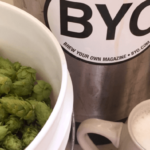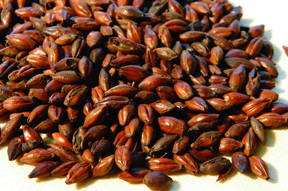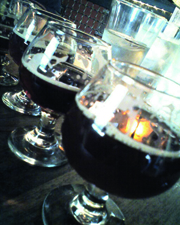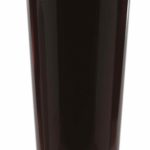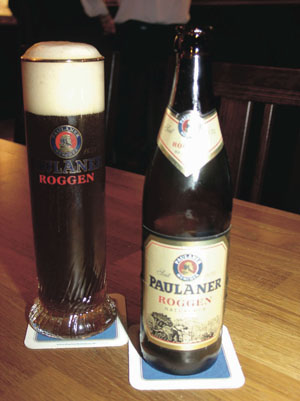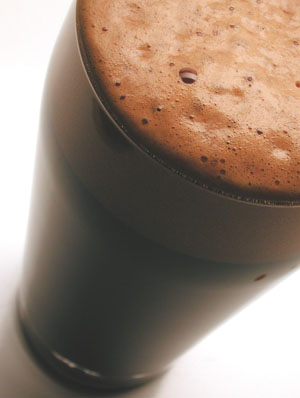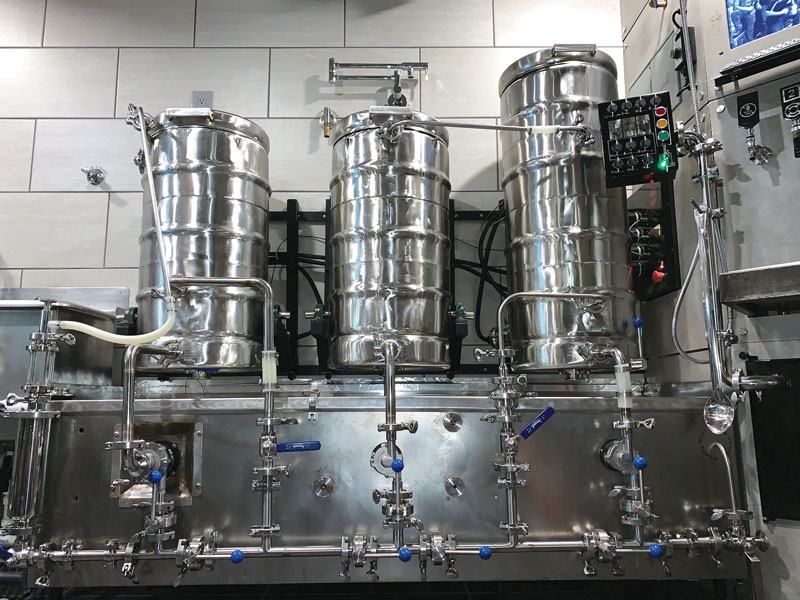Topic: Recipes
Brewing American Pale Ale
What does it take to turn an average American pale ale into an awesome one? Guest columnist Gordon Strong explains the style.
Brown Malt
It has been known as blown, porter and snap malt, but homebrewers know it as brown malt, if they know it at all. Its mellow roast character, cheeky bitterness and acrid finish has warmed the cockles of many an Englishman over the centuries. It was once a malt of choice for many dark brews, especially porters and stouts. However, improvements in malting technology — including the development of pale base malts with better yields and dark specialty malts with more color — led to its decline. And it almost faded into brewing history. Almost. Today, a few maltsters — including Crisp, Thomas Fawcett and Sons, Hugh Baird and Beeston — produce brown malt and many homebrewers are discovering what made this lightly-roasted malt so popular in the past. Brown malt is back.
Brewing Big Barleywines
Barleywine is beer, not wine. Beyond that, the definition can get a bit fuzzy. One thing’s for sure, however, and that’s that it takes some skill to brew a good one. Learn how to handle all that malt and get the proper amount of attenuation in your own barleywine. Plus: three big recipes.
Award-Winning Homebrew Recipes
Homebrewers love recipes, especially those that have had success at homebrew competitions. With that in mind, BYO decided it was time to gather some best of show winning recipes and present them to our readers.
Fruit Beers
Some folks think fruit beer is for beginners, but that’s not the case. Just like getting a tan on vacation — you need to start with a good base.
Professional Homebrewers
Meet three professional brewers who brew at (or near) a homebrew scale and hear what they have to say about consistency, saving time and more.
Smoked Beer
Are you a fan of barbecue and beer? How about barbecued flavor in your beer? Find out how to brew a smoked beer and how to smoke your own malt.
Making Sake
Grains, water, yeast . . . and koji? Learn the secrets of making sake (Japanese rice wine) and get your moto rising.
Roggenbier
Why rye? Because a great roggenbier has a spicy, pumpernickel-like flavor and a bready, banana-like aroma. Plus: A rockin’ roggen recipe.
The Dark Side of Partial Mashing
Partial mashing combines much of the flexibility of all-grain brewing with the convenience of brewing on your stovetop. But, there’s a dark side. Find out the problem of – and the solution to – low pH values in dark partial mashes. Plus: Seven roasty recipes to light the way.
Organic Beer Clones
These days, organic beers seem to be multiplying. What’s an organic beer and why do some breweries see organic brewing as the wave of the future? Find out, plus check out the recipe for six commercial clones.
Irish Dry Stout
Think all stouts are thick, heavy and boozy? Think again! Dry stout is refreshing, light-bodied and low in alcohol.
